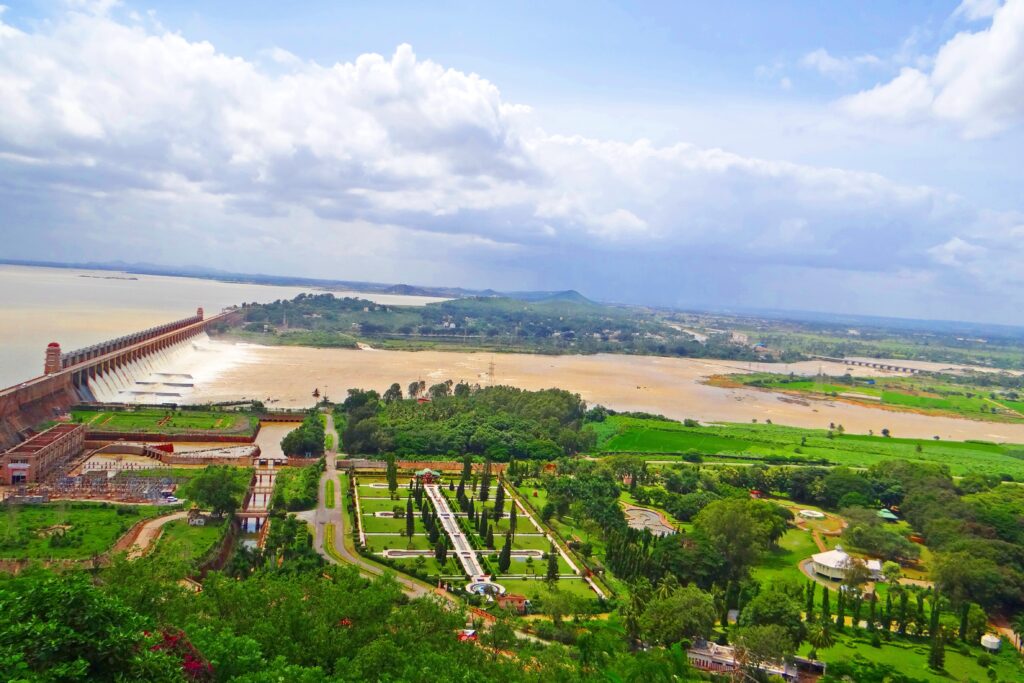In a move that has grabbed international attention, China officially began construction on a massive hydropower project in the Tibet Autonomous Region. China is building the world’s largest mega-dam along the Yarlung Tsangpo River (known as the Brahmaputra in India), aiming to surpass the iconic Three Gorges Dam in both output and scale.
This ambitious project is part of China’s long-term strategy for energy sustainability, water resource management, and economic development in Tibet. However, it also raises serious geopolitical and environmental concerns, especially for India and Bangladesh, which are downstream countries dependent on the flow of the Brahmaputra.
What Is the Tibet Mega-Dam Project in China?
The dam project, formally known as the Yarlung Zangbo Hydropower Project, is set to have a staggering capacity of 60,000 megawatts (MW). That’s more than three times the capacity of the Three Gorges Dam and would make it the largest hydropower plant in the world once completed.
Construction is taking place in the Nyingchi region of southeastern Tibet, close to the disputed border with India’s Arunachal Pradesh. The Chinese government recently formed a new state-owned company, China Yajiang Group, to lead the project. According to Chinese media, the dam is expected to generate around 300 billion kilowatt-hours of electricity annually, enough to power millions of homes across China.
The total estimated investment? A whopping 1.2 trillion yuan (approximately $167 billion USD). Construction began officially in July 2025, and the project is slated for completion by 2033.
Why Is This Project So Controversial?
1. Geopolitical Tensions with India
The Yarlung Tsangpo flows into India as the Brahmaputra River, a vital water source for the northeastern states, particularly Assam and Arunachal Pradesh. Any alterations in the river’s natural flow—such as reduced water supply or increased sedimentation—can directly impact Indian agriculture, drinking water, and hydroelectric projects.
India has expressed concern over China’s unilateral move to construct the dam without any bilateral agreement. While China has stated that the dam is a “run-of-the-river” project (meaning it won’t divert or store water extensively), Indian officials remain skeptical, especially given the sensitive border issues between the two countries.
2. Environmental Risks
The dam is being built in one of the most seismically active zones in the world. The region is prone to frequent earthquakes, which increases the risk of structural failure or downstream flooding in case of natural disasters.
Additionally, the Yarlung Tsangpo Grand Canyon, where the dam is being built, is one of the world’s most biodiverse and ecologically sensitive regions. Environmentalists warn that dam construction could lead to massive deforestation, habitat destruction, and loss of biodiversity. Indigenous communities may also face displacement, similar to what happened during the construction of the Three Gorges Dam.
3. Water Security for South Asia
Bangladesh, another downstream nation, is also concerned. The Brahmaputra plays a crucial role in maintaining the water balance in the Ganges-Brahmaputra Delta. Any disruption in water flow could lead to increased salinity, reduced agriculture productivity, and water shortages.
Given that China is not part of any legally binding multilateral river water-sharing agreement, there is currently no mechanism to enforce accountability or ensure fair usage of the river.
What China Says
China’s government argues that the dam is essential for its green energy transition, supporting its goals of carbon neutrality by 2060. Officials say that the electricity generated will help reduce dependence on coal and provide cleaner energy to western provinces.
They have also promised that the dam will not negatively affect downstream countries, claiming the use of modern “run-of-the-river” technology minimizes ecological damage and doesn’t involve large-scale water diversion.
India’s Response
India’s Ministry of External Affairs has made it clear that it is closely monitoring the development and will take necessary diplomatic measures to protect its water interests. There is growing discussion about the need for India to fast-track its own dam and water-storage projects along the Brahmaputra to counter any potential disruptions caused by China’s dam.
India also plans to strengthen cooperation with Bangladesh, possibly through a joint river basin management strategy to secure shared water resources.
What Happens Next?
As construction continues, global attention will likely stay fixed on the region. Experts predict the dam will become a litmus test for China’s regional diplomacy and environmental responsibility.
- Environmental assessments will be key in the coming years, although China’s track record with large dams suggests limited transparency.
- India may escalate the issue at international forums such as the United Nations or ASEAN platforms to push for cooperative agreements.
- There is also a growing call for establishing regional water-sharing treaties between China, India, and Bangladesh to ensure long-term peace and sustainability.
Conclusion
China’s mega-dam in Tibet is not just an engineering marvel—it’s a watershed moment in Asian geopolitics. While it promises clean energy and regional development for China, it also raises legitimate concerns about water security, ecological balance, and political stability in South Asia.
In the years to come, how China manages this project and how its neighbors respond will determine whether the dam becomes a symbol of progress or a source of conflict.
For more news like this, you can read our other Blogs.





Pingback: Tourist Visas are resumed for Chinese After 5 Years - NEWS ALTITUDE